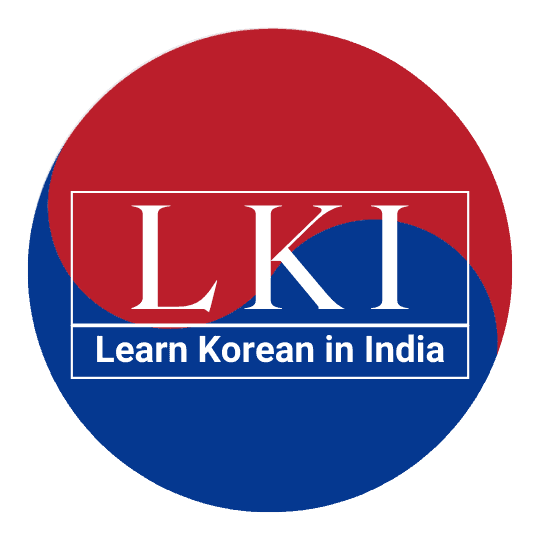Let's learn how to use "V+ (으)ㄹ 수 있다/없다 [Korean grammar]" and make some example sentences.
V+(으)ㄹ 수 있다/없다 (Korean Grammar)
USE:
V+ (으)ㄹ 수 있다/없다 Korean grammar pattern is used to tell the ability or possibility of doing any action or verb.
It equals to "can or can not" in English. Let's see each of them separately.
- When someone or something is able to do somethings , or if there is possibility then (으)ㄹ 수 있다 is used. It equals to " Can" in English.
- When someone or something is not able to do somethings , or if there is no possibility then (으)ㄹ 수 없다 is used. It equals to "cannot" in English.
CONJUGATION RULE:
(으)ㄹ 수 있다/없다 grammar is used with verbs. The first step of ‘(으)ㄹ 수 있다/없다’ conjugation is to remove ‘다’ from the base form of the verb.
- If the verb stem is ending with a final consonant (받침), we use v+을 수 있다/없다.
- If the verb stem is ending with any vowel( without patchim) then ‘v+ㄹ 수 있다/없다’ is used.
So let's take a verb 먹다(to eat). if you remove 다 from 먹다, 먹 (stem) is left. And then, look at the stem. So in the 먹, is ending with final consonant i.e. Patchim.
According to the conjugation rule, if the stem is end with Patchim, we add 을 수 있다/없다.
So, If you want to say "I can eat", then it will be - 먹을 수 있어요.
But if you want to say that "I can't eat" then it will be- 먹을 수 없어요.
EXAMPLE SENTENCES:
- 같이 갈 수 있어요? (Can you go together?)
- 한국어 할 수 있어요 ? (Can you speak Korean?)
- 저는 수용 할 수 있어요. ( I can swim.)
- 농구 잘할 수 있어요 ? (Can you play basketball well ?)
- 운전 할 수 있어요 ? (Can you drive ?)
- 네, 운전 할 수 있어요. (yes, I can drive. )
- 오늘 저녁 시간에 만날 수 있어요 ? (Is it possible to meet this evening?)
- 오늘 바빠서 같이 커피를 마실 수 없어요. (I'm busy today so I can't have a coffee together.)

